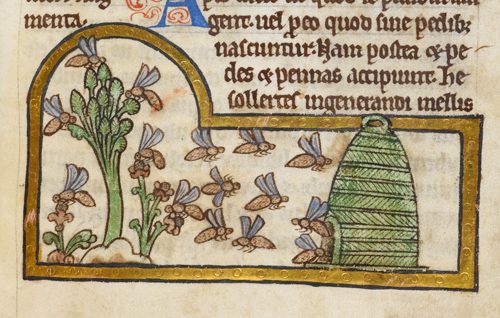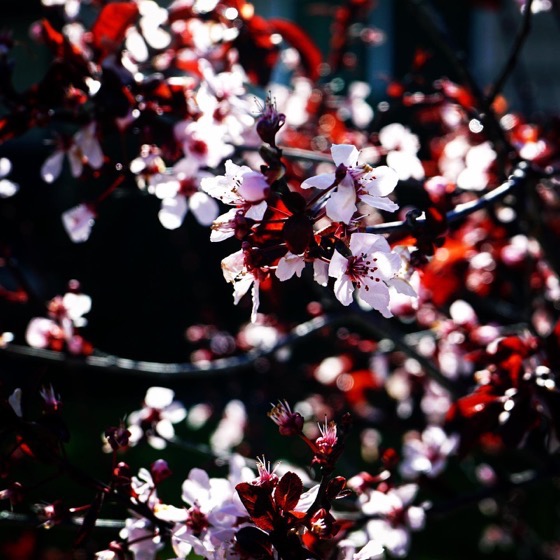The Magic Spells That Herded Medieval Bees via Gastro Obscura
IF YOU HAD A PROBLEM in Early Medieval Europe, chances were good that there was a spell for it. “Metrical charms” were sets of magical instructions for addressing dilemmas with spoken words and actions that combined herbal medicine, prayer, and ritual. Many dealt with the challenges of agriculture, with Old English examples having titles like “For Unfruitful Land,” “For Lost Cattle,” and Wiþ Ymbe, meaning “For a Swarm of Bees.”
Read this entire article – The Magic Spells That Herded Medieval Bees via Gastro Obscura





